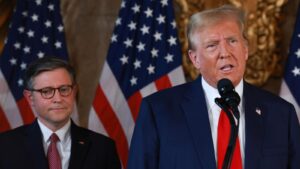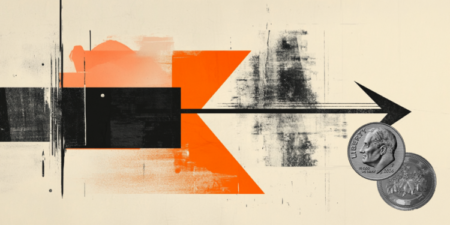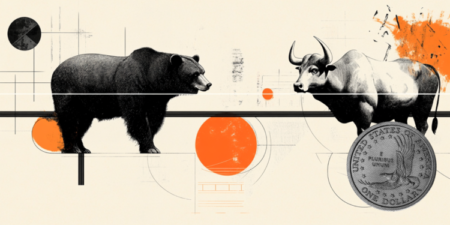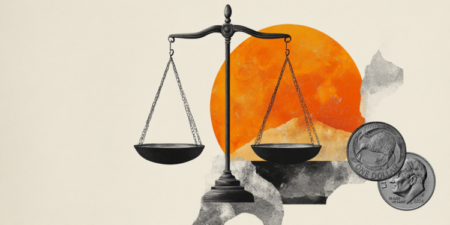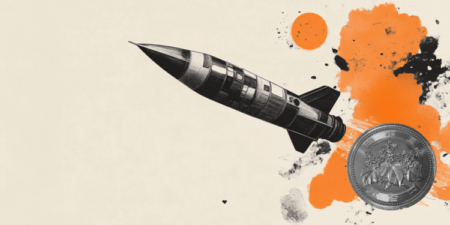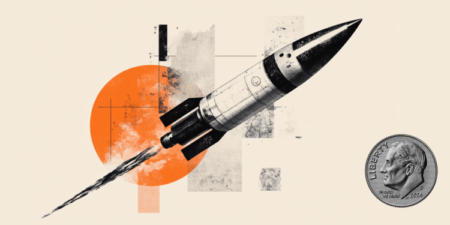- Gold price gains momentum to around $2,865 in Monday’s early Asian session.
- Trump will announce reciprocal tariffs on many countries next week.
- China’s central bank expanded its gold reserves for a third month in January.
Gold price (XAU/USD) extends the rally to around $2,865 during the early Asian session on Monday. The precious metal edges higher as escalating trade tensions prompt investors to seek refuge in the safe-haven asset.
US President Donald Trump said on Friday that he plans to announce reciprocal tariffs on many countries by Monday or Tuesday, which will take effect almost immediately. This, in turn, provides some support to the yellow metal. Investors will closely monitor the developments surrounding trade war threat. “Central focus of the gold market continues to be the uncertainty in regard to the Trump tariff policies,” said David Meger, director of metals trading at High Ridge Futures.
Furthermore, the People’s Bank of China (PBOC) added gold to its reserves in January for a third month, boosting the Gold price as China is the world’s largest gold consumer. China’s gold reserves were 73.45 million fine troy ounces at the end of January, up from 73.29 million a month earlier. “The PBOC will likely continue to diversify its reserves in the longer term, given the rising geopolitical uncertainty,” said David Qu, an economist at Bloomberg Economics.
On the other hand, data released by the Labor Department on Friday suggested the labor market remains strong, which might prevent the Federal Reserve (Fed) from cutting its interest rate. The US economy added 143,000 jobs in January, compared with a rise of 170,000 expected by economists. Meanwhile, the Unemployment Rate ticked lower to 4.0% versus 4.1% prior, compared with expectations of 4.1%. Traders are now expecting the US central bank to cut interest rates just one time this year. This might lift the Greenback and weigh on the USD-denominated commodity price.
Gold FAQs
Gold has played a key role in human’s history as it has been widely used as a store of value and medium of exchange. Currently, apart from its shine and usage for jewelry, the precious metal is widely seen as a safe-haven asset, meaning that it is considered a good investment during turbulent times. Gold is also widely seen as a hedge against inflation and against depreciating currencies as it doesn’t rely on any specific issuer or government.
Central banks are the biggest Gold holders. In their aim to support their currencies in turbulent times, central banks tend to diversify their reserves and buy Gold to improve the perceived strength of the economy and the currency. High Gold reserves can be a source of trust for a country’s solvency. Central banks added 1,136 tonnes of Gold worth around $70 billion to their reserves in 2022, according to data from the World Gold Council. This is the highest yearly purchase since records began. Central banks from emerging economies such as China, India and Turkey are quickly increasing their Gold reserves.
Gold has an inverse correlation with the US Dollar and US Treasuries, which are both major reserve and safe-haven assets. When the Dollar depreciates, Gold tends to rise, enabling investors and central banks to diversify their assets in turbulent times. Gold is also inversely correlated with risk assets. A rally in the stock market tends to weaken Gold price, while sell-offs in riskier markets tend to favor the precious metal.
The price can move due to a wide range of factors. Geopolitical instability or fears of a deep recession can quickly make Gold price escalate due to its safe-haven status. As a yield-less asset, Gold tends to rise with lower interest rates, while higher cost of money usually weighs down on the yellow metal. Still, most moves depend on how the US Dollar (USD) behaves as the asset is priced in dollars (XAU/USD). A strong Dollar tends to keep the price of Gold controlled, whereas a weaker Dollar is likely to push Gold prices up.
Read the full article here


